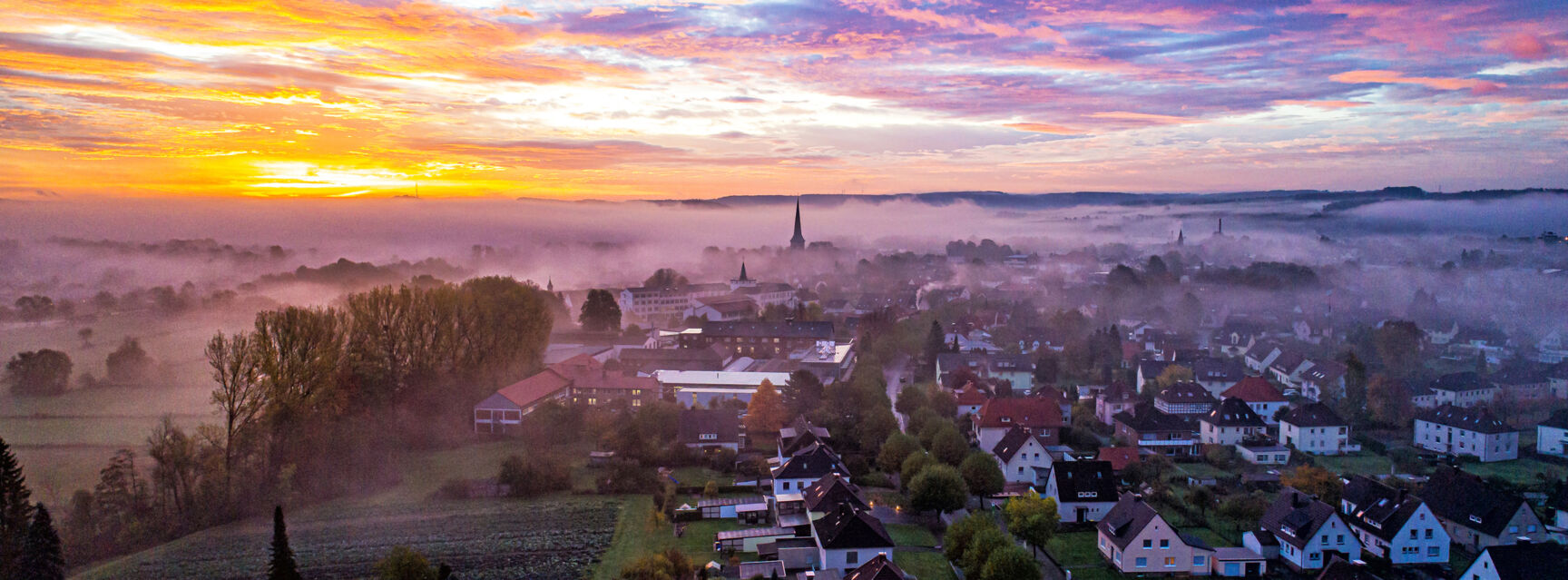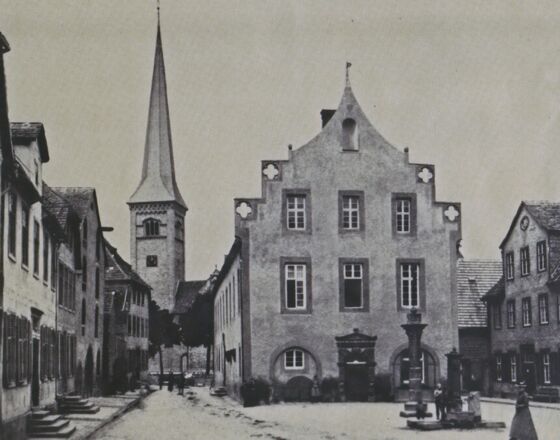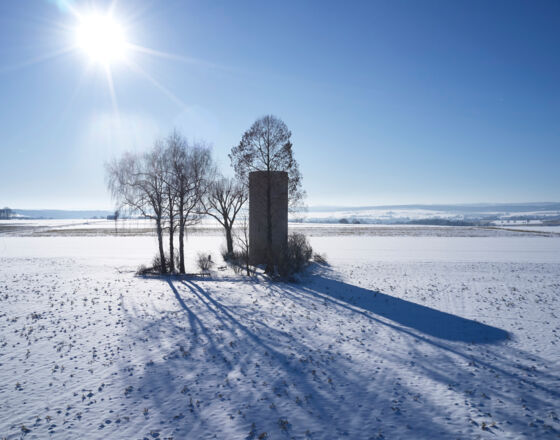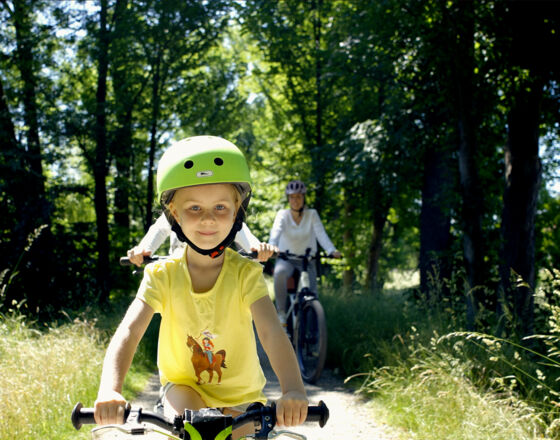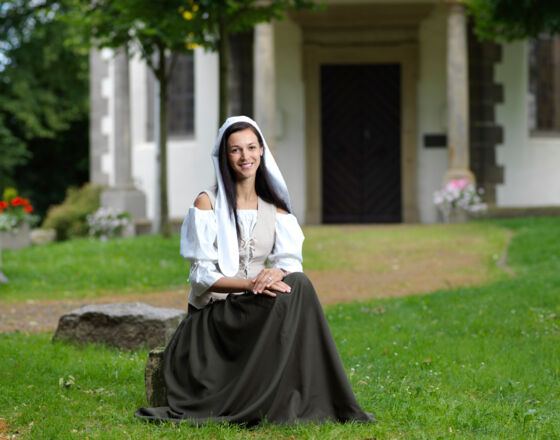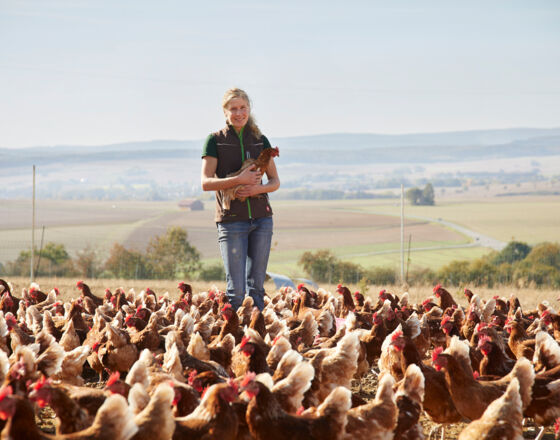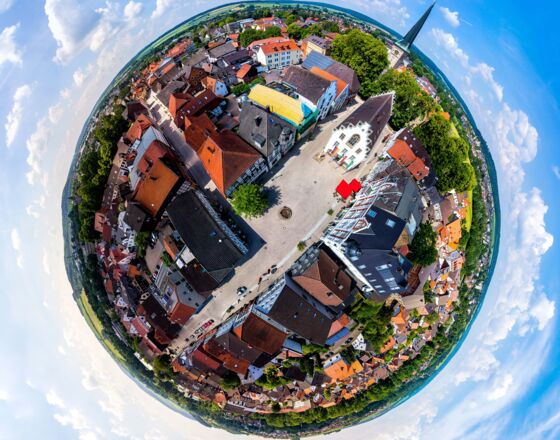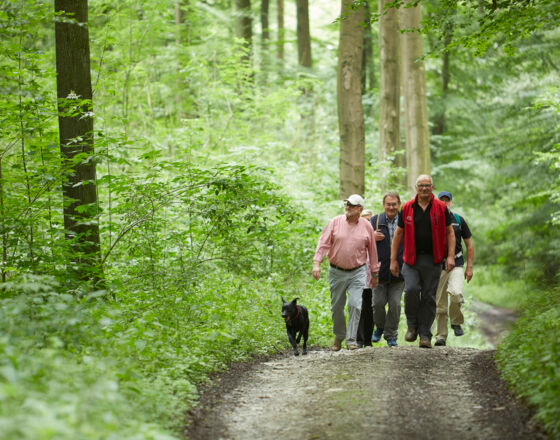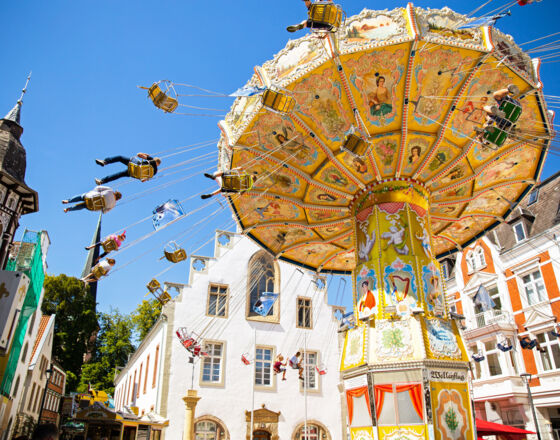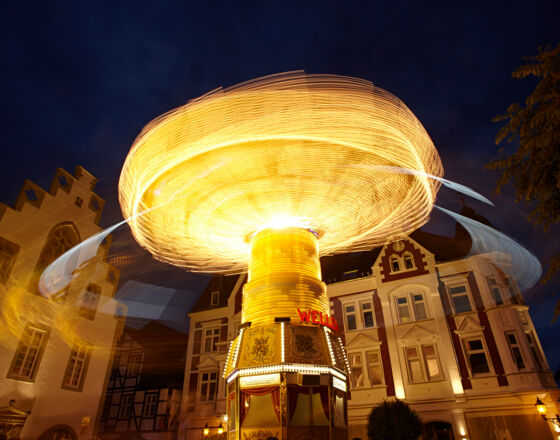Highlights

Brakel Town Hall
The origins of the town hall date back to the 13th century. It has a stepped gable pierced with quatrefoils and a remarkable portal on the south side in Renaissance style from 1573 with a basket arch and decorated ashlar surround.
Learn more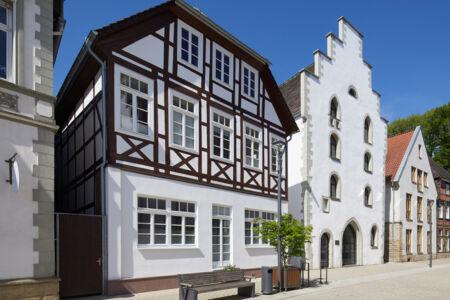
"Alte Waage"
Thick walls and the restored gothic stone gable support the tradition that this was the residential tower of the knights of Modexen, who sought shelter with their family in the fortified town around 1350 due to the turbulent times. Today, a modern and barrier-free administrative building with about 340 square meters of office space and the council meeting room on the upper floor.
Learn more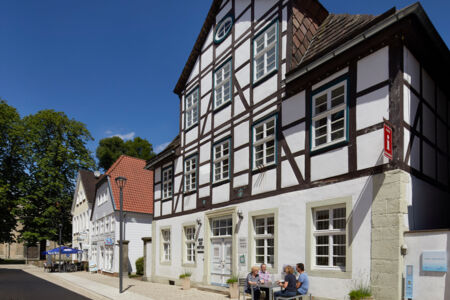
"Haus des Gastes" (guest house)
Used as a guild house, then as an agrarian house. Later acquisition by the Jewish merchant Salomon Lobbenberg. 1943 Start of expropriation as Jewish property, 1944 transfer to the city of Brakel. After restitution in 1981, bought up and converted into the Haus des Gastes. Today the house houses the Tourist Information and the City Museum Brakel.
Learn more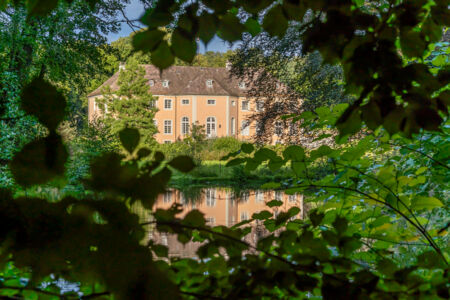
Rheder Castle
The castle was built in 1750. The outer castle extends in a horseshoe shape and houses a small hussar museum as well as a private brewery for over 300 years. In the castle's Organgerie and Schlaun barn, groups can "party like in the days of the emperor." The castle park has been part of the European Garden Network EGHN since 2007 and is thus one of the most beautiful gardens in Europe.
Learn more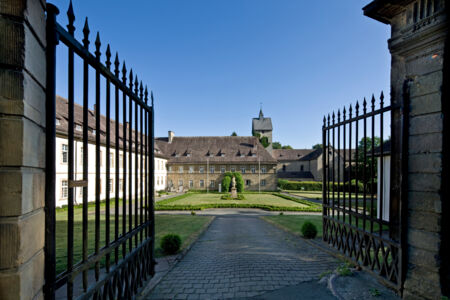
Gehrden
The history of Gehrden goes back a long way, it was first mentioned in a document in the year 868. Already in the Middle Ages Gehrden played an important role due to its monastery (year 1250), because the strong walls made of shell limestone protected the people from attackers in difficult times. In the church of St. Peter and Paul, built around 1140, one can see chasubles, precious objects such as chalice and monstrance and pictures from four centuries. The "12- apostle lime tree" is one of the oldest and most important trees in Germany.
Learn moreContact
Stadt Brakel
Fachbereich Bürgerservice
Tourist-Information
Am Markt 5
Haus des Gastes
33034 Brakel
Telefon: 05272 360-1250
tourist-info@brakel.de
Travel options
Brakel is conveniently located in the center of the district of Höxter at the intersection of the federal highways "B64" and "B252". The following federal highways are nearby: A 44 (Warburg), A 2 (Rheda-Wiedenbrück) and A 33 Paderborn (connection A 2). The nearest airports are: Hannover-Langenhagen, Kassel-Calden and the Paderborn-Lippstadt Airport.

